I'm trying to implement a move operation using the Amazon S3 Java API.
The problem I am having is that the CopyObjectResult object returned by the AmazonS3Client.copyObject method doesn't seem to have a clear indicator about wiether the operation was successful or not.
Given that after this operation I am going to be deleting a file, I'd want to make sure that the operation was successful.
Any suggestions?
